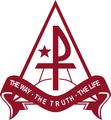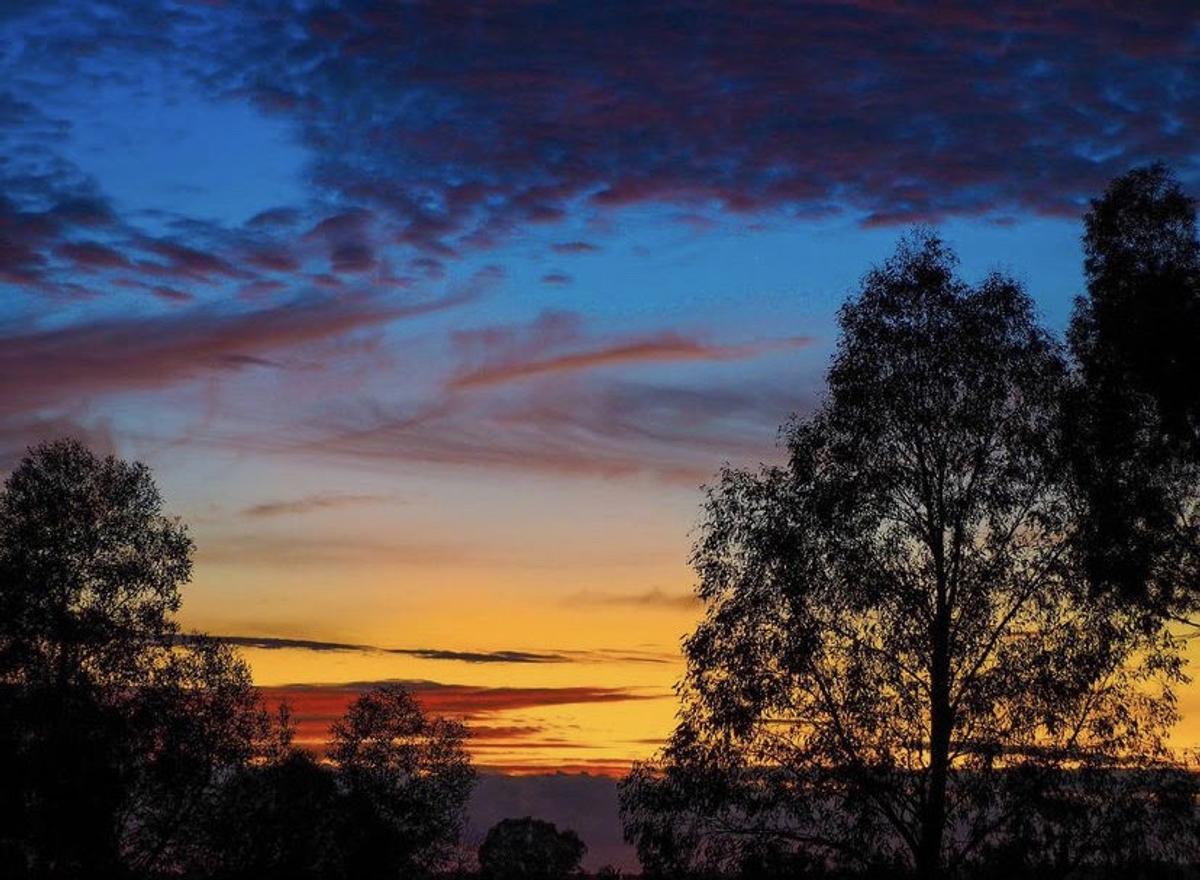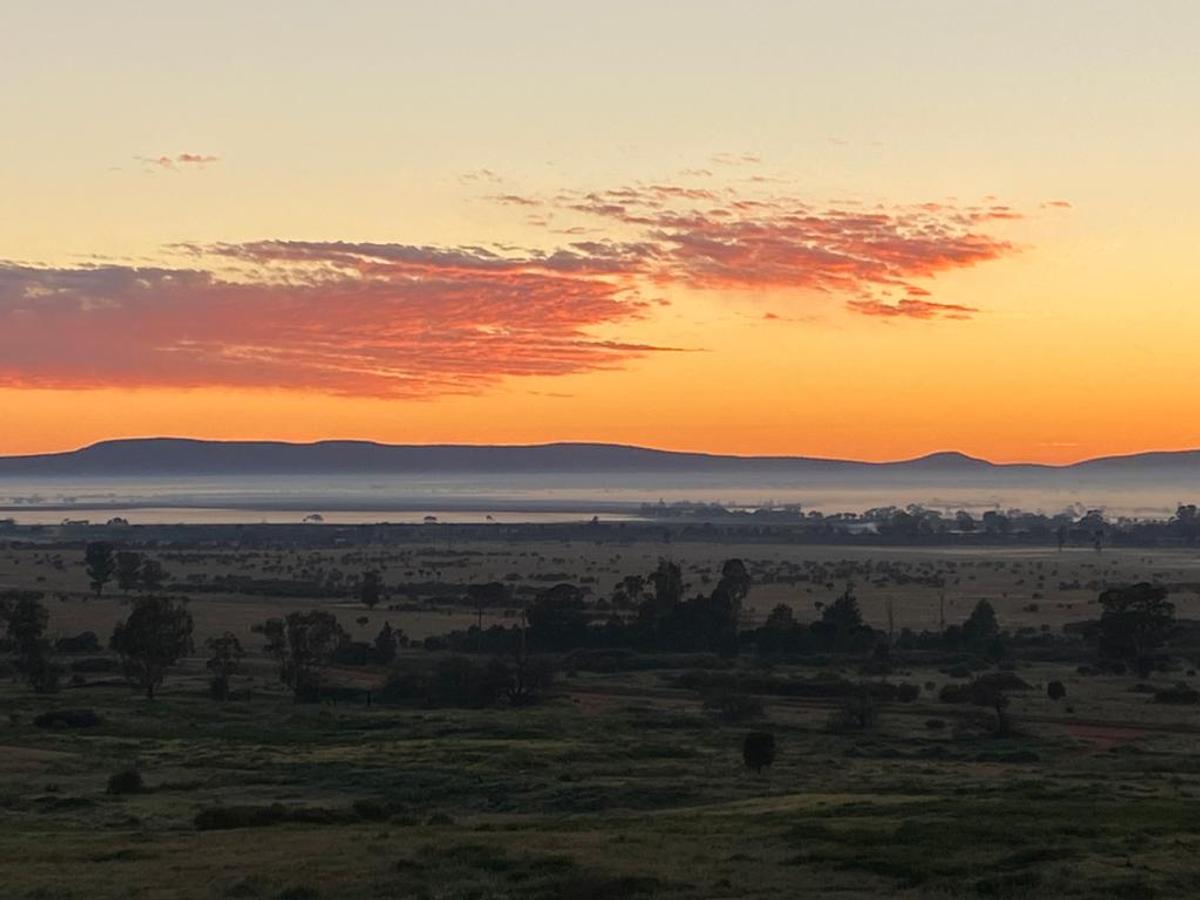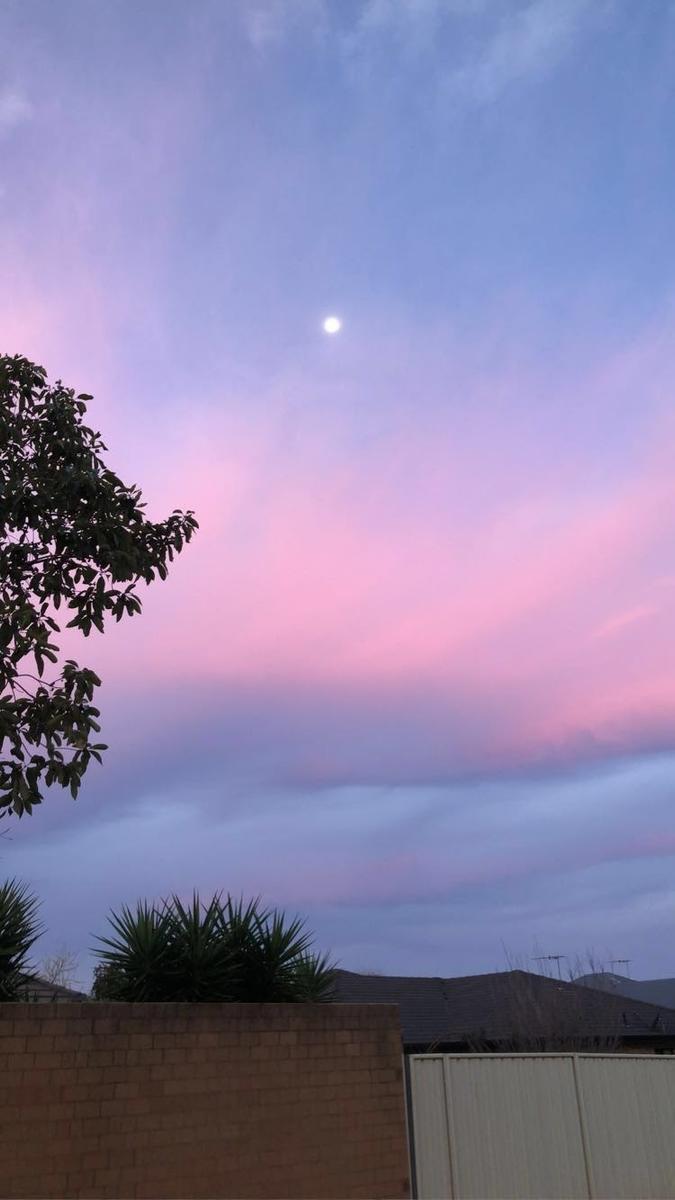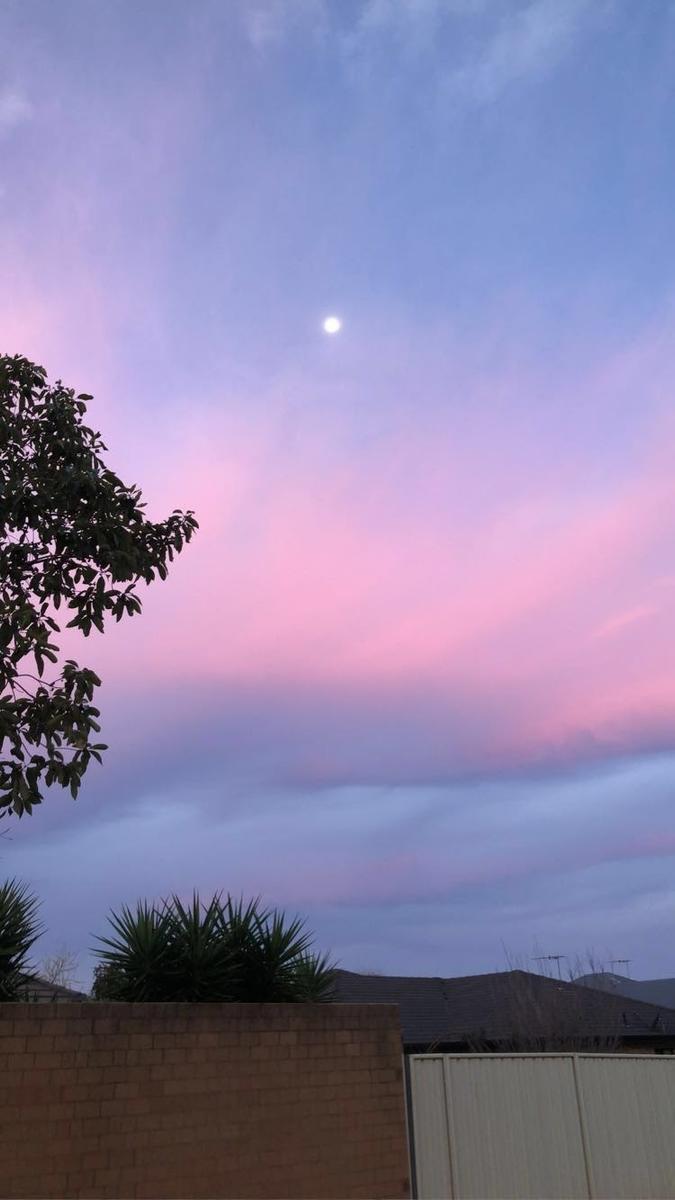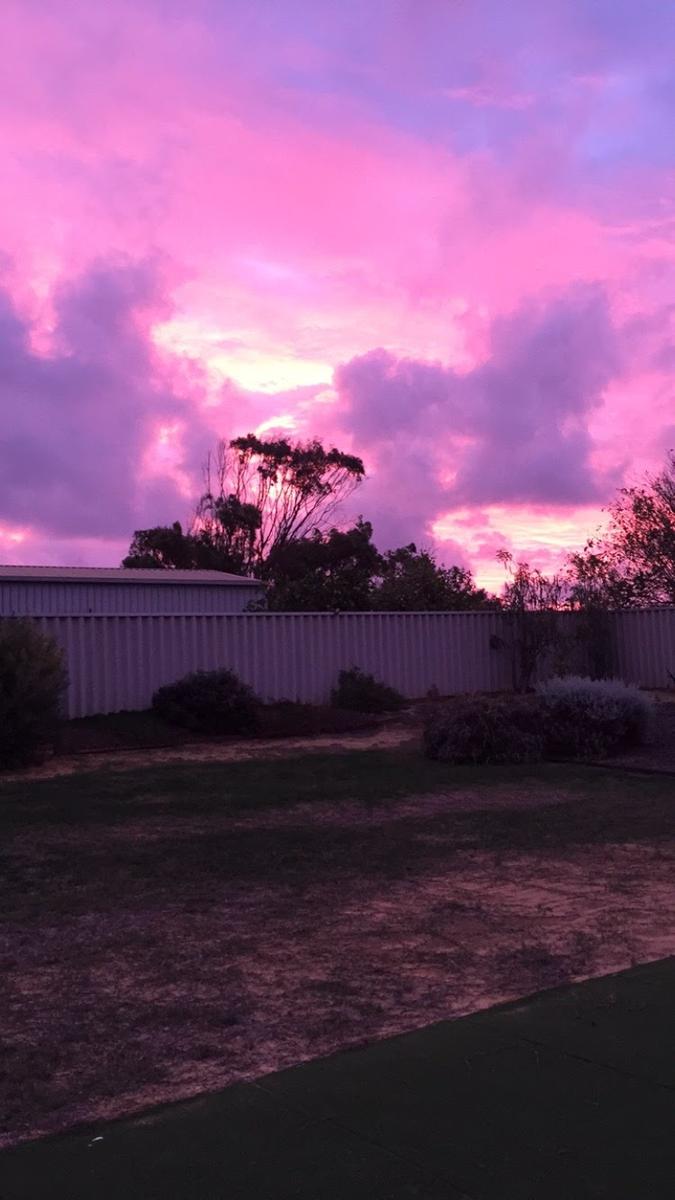Science News
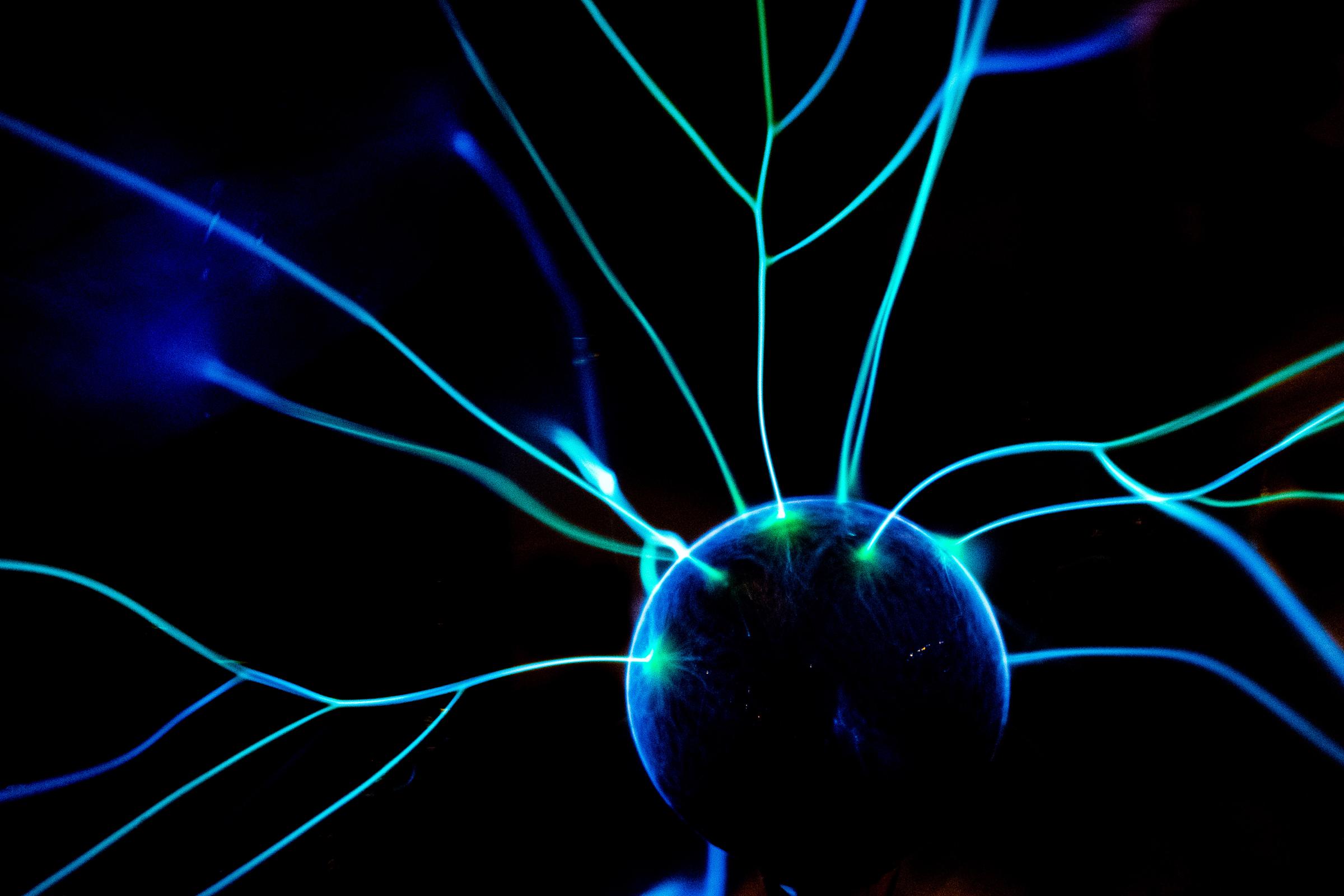
MCC Seismometer
The MCC seismometer has been busy lately detecting all the vibrations from the onsite constructions. Although, it can tell the difference between vibrating trucks and earthquakes. In fact on the 31 August it detected an earthquake across the ditch, north of New Zealand (Aotearoa) of magnitude 6.3 and no earthquake damage has been reported yet.
You too can monitor earthquakes via the MCC seismometer on this link and type in the code AUGRF when prompted
https://www.iris.edu/app/station_monitor/#Today/S1-AUGRF/welcome/
Year 10 Sunsets
Year 10 have been very productive with their online learning and are currently studying Invisible waves. Light and sound are forms of energy carried by invisible waves. Our senses are attuned to detecting them and many household devices like musical instruments, mirrors, microwave ovens, sunglasses and torches utilise them. Light is just one example of electromagnetic radiation which is becoming increasingly important in the development of technologies used for communication, such as mobile phones, and for entertainment like radios, televisions and A/V remote controls.
This week's work was to appreciate the beauty of nature by capturing the most vivid sunset or sunrise and explain the intense colours of orange, pink and purple.
When light comes from the sun, the light waves of different wavelengths travel through empty space. When they reach Earth’s atmosphere, the light waves can interact with particles in the air like dust, water droplets, and ice crystals which cause the light waves to scatter.
Within the visible range of light, red light waves are scattered the least by atmospheric gas molecules. So at sunrise and sunset, when the sunlight travels a long path through the atmosphere to reach our eyes, the blue light has been mostly removed, leaving mostly red and yellow light remaining. The result is that the sunlight takes on an orange or red cast, which we can see reflected from clouds or other objects as a colorful sunset (or sunrise).
Ms Denise De Paoli
Science Teacher
